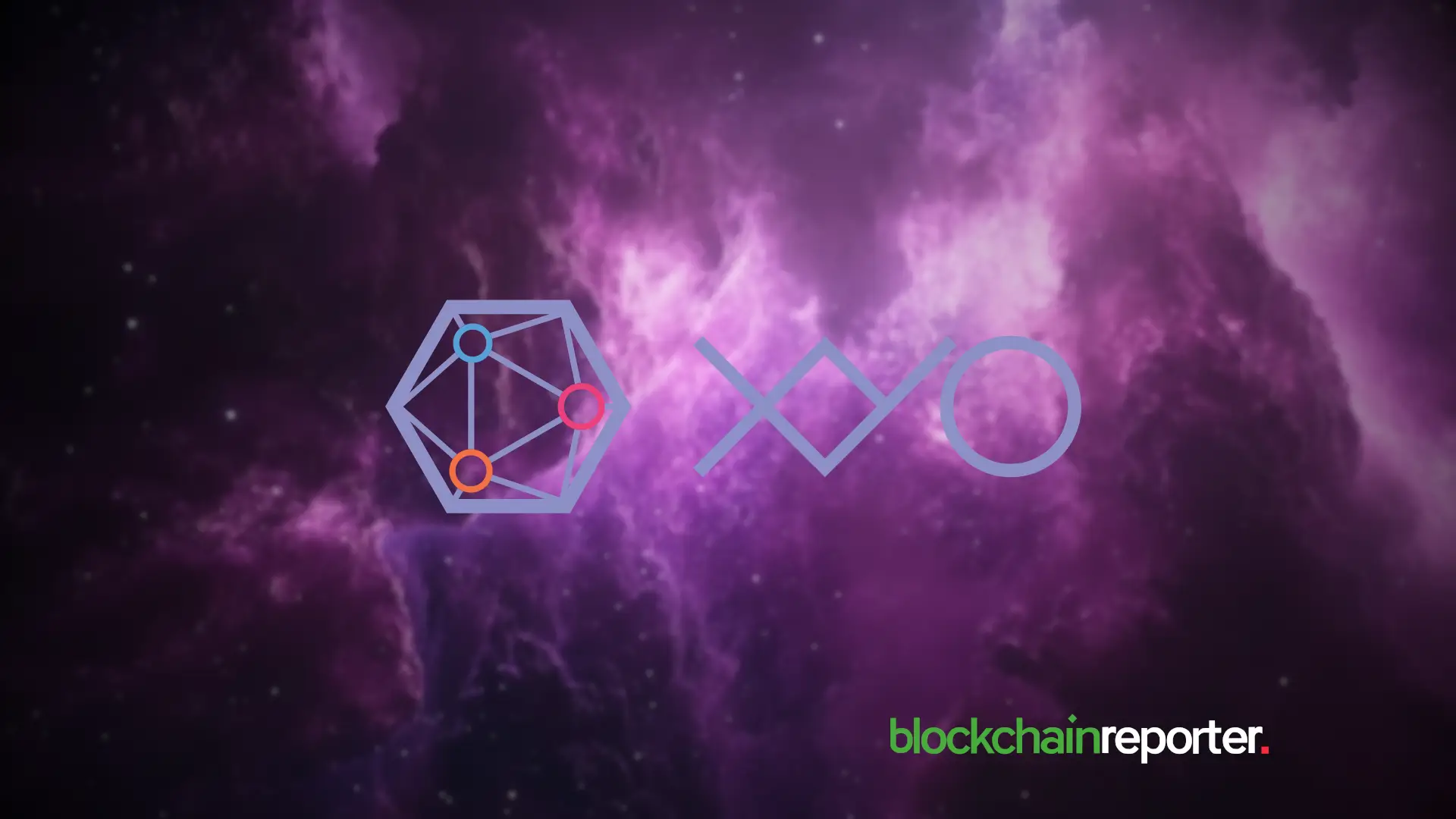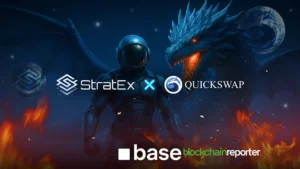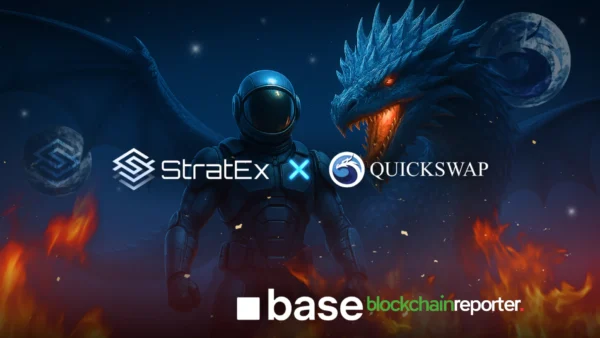
In the ever-evolving realm of Web3 technology, XYO emerges as a trailblazer, poised to redefine the digital landscape with its groundbreaking XYO 2.0. At the helm of this transformative journey is Jordan Trouw, the Head of Customer Experience at XYO. Jordan, a seasoned expert in the field, serves as a guiding force, steering the company toward a new era of innovation and user-centric development.
In this exclusive interview, we delve into the intricacies of XYO’s visionary roadmap for 2024, exploring key features such as the XYO 2.0 platform, the revolutionary “Build the Future” Initiative, and the exciting additions of Crypto Cards and XYO World. Join us as Jordan Trouw unveils the strategic initiatives, community-driven programs, and cutting-edge technologies propelling XYO into a future where Web2 and Web3 seamlessly converge, offering users unparalleled sovereignty in the digital landscape.
Q1. To kick things off, can you elaborate on the key features of XYO 2.0 and how it redefines the internet landscape by connecting the real world with Web2 and Web3?
XYO 2.0 makes Web3 accessible and easy, while completely lowering the barrier of entry for sovereignty on the internet. Coming in 2024 will be the XYO platform node, where a user can simply head to a website and immediately have an XYO node running, without any developer experience necessary.
The node platform will have a variety of consumer-focused Web3 solutions, such as Live Sharing & PermaShare, where a user can create sharing links for regular Web2 experiences, but with the added permanency and sovereignty benefits of Web3. The platform will also offer a developer space for creators to build with XYO technology, and a variety of other dApps, as laid out in our roadmap.
Q2. The “Build the Future” Initiative is an intriguing concept. How does XYO plan to encourage community members to actively participate in the development process, and what kind of rewards can contributors expect?
In the coming year, XYO will also launch “Build the Future,” an initiative positioned at the crossroads of innovation and incentives within the realm of Web3 development. Part of the initiative includes a bounty system, where contributors and participants can earn rewards ranging from badges, to NFTs, to XYO Tokens for completing tasks.
Developers will have the opportunity to engage in a revolutionary journey through our three-tiered system, catering to individuals ranging from coding beginners to experienced developers and tech enthusiasts. Moreover, developers can explore a multitude of opportunities addressing crucial challenges in the Web3 landscape, spanning from standardized data and programming basics to essential developer tools.
Build the Future provides a variety of activity tracks, each offering rewards tailored to the expertise of individual developers. Whether someone is initiating their first XYO Node, integrating a wallet, or delving into the intricacies of core XYO technology, the initiative promises limitless possibilities and exclusive rewards.
On top of the bounty system, the new node platform will also have a secret mini-game that participants can join daily, to encourage active participation with XYO technology, and grow the XYO community around the world.
2024 will also be full of more community opportunities to win giveaways on our socials, so keep an eye out for more fun things in the pipeline!
Q3. Can you provide more details about the three tracks in the “Build the Future” Initiative and how they cater to participants with different levels of coding expertise?
Our network attracts a diverse audience, so we needed to design the program so that anyone – of any background – who believes in XYO and wants to contribute can do so.
Our first track does not rely on any coding experience, so absolutely everyone is invited to participate. Users can earn rewards for identifying bugs, providing feedback on the node set-up process, and many other activities that don’t require a high degree of expertise. Some tasks may even include simply using the technology daily — some examples could be rewards for usage streaks, sharing new developments with others, etc.
Our second track caters to developers near the start of their coding journey, and provides RFPs for initiatives that require basic technical understanding and a basic command of coding languages, but don’t require intense expertise. These projects also tend to have a wealth of guides and support available online to ease the burden on burgeoning developers.
Finally, our third track is intended for expert programmers and tasks them with complex initiatives. These projects are often much larger and require a high degree of self-reliance and know-how. Some examples might include building a write-only rust client adhering to specific requirements, or building a new dApp leveraging XYO technology.
All together, we hope to attract a wide variety of participants across a wide spectrum of coding backgrounds. We’ll be keeping a close eye on the program’s reception and adding and adjusting tracks as needed, so we can best leverage our awesome community and their overflowing pool of talent and ambition.
Q4. The introduction of the XYO platform node for desktop users is a significant development. How does this tool enhance user experience, and what role does it play in completing Builder Bounties?
It is an exciting development! The platform node will be a place where the entire XYO community can experience the power of XYO technology. The best part? Users will be able to set up an XYO Node in less than a minute! Through the platform node, people will engage with vibrant visual representations of XYO technologies and node statuses, all while effortlessly navigating through the available Build the Future features.
For example, Builder Bounties will start on the node platform. There, developers can test out new projects and architectures, view lists of bounties, and more. The beginning stages of the Builder Bounty Program will start small so users can familiarize themselves with the UX, and we’ll roll out features and updates over the next few months.
Q5. Can you share some insights into the native dApps that come with the platform node, such as Settings, System Visualizer, System Dashboard, and Security? How do these contribute to the overall functionality of the XYO platform?
The native dApps will be built into the system, so they will be rolled out automatically with the first version of the node platform, and subsequent updates. Most are self-explanatory and to be expected of any new system, for example, Settings. This dApp could host a variety of options, such as privacy settings, configuration options, or even theme and design settings to improve the XYO user’s experience with the system.
Security is a key component of the node platform because it’s of utmost importance to offer each user sovereignty over how they want to share their node, how public they want to make their node, etc. At the start, it may be rolled up into our Settings dApp for easier acclimation for users.
The Visualizer and Dashboard dApps are designed to help users adjust to a Web3 system. Visual components will help direct users through a sea of nodes and connected addresses, and the dashboard will provide a more comprehensive and quantitative view of the node system a user is running. The look will most likely be similar to the XYO Mobile App some of our users may remember from a few years back, and will provide a new look into XYO 2.0 technology.
All of the native dApps are designed to be permanently a part of a running node and unable to be removed from the web system, as they all contribute to the experience and functionality of the platform node.
Q6. The “Sharable Personal Info Card” dApp seems like an interesting addition for users to personalize their interactions with XYO. How does this dApp work, and what kind of information can users share with it?
Overall, the Personal Info Card will aim to improve customization and personal expression on Web3, while also encouraging the community to use XYO products and XYO in daily life. We don’t want to spill all the details just yet, so keep an eye out for updates in our newsletters and social media!
Q7. Crypto Cards and XYO World are exciting additions to the XYO ecosystem. Can you provide more details about the gameplay dynamics of Crypto Cards and how XYO World leverages geospatial NFTs for a play-to-earn experience?
Similar to the Personal Info card, the Crypto Cards and XYO World experiences will promote engagement and daily use. But for now, we’re keeping tight-lipped about some of this!
At their core, both apps will offer PvP (competitive) gaming, and most importantly, they will be examples of sovereign gaming in the Web3 world. For example, users could see asynchronous gaming, XYO payload-driven levels, or smart contracts that influence games.
Q8. The Living Roadmap concept is intriguing. How will XYO ensure continuous updates to the roadmap throughout 2024, and what can users expect in terms of new products and dApps being added?
The Living Roadmap underscores XYO’s commitment to transparency and adaptability. Continuous updates throughout 2024 will be driven by new product developments, emerging technologies, and feedback from our dynamic community. As XYO evolves, users can anticipate becoming more of a prominent driving force, sparking the idea for new additions, improvements, and interactive elements for developers and users alike.
We want to ensure that XYO’s roadmap remains as fitted to the community’s needs, so while it’s susceptible to change, that room for flexibility is where the best of our offerings can sprout. You can stay updated and invested on the latest by following our Github and signing up for the newsletter.
Q9. How does XYO plan to ensure that the XYO community remains engaged and excited throughout the year as new products and dApps are developed and added to the roadmap?
XYO plans to keep the community engaged by not only launching exciting products and dApps that speak to their needs, but also keeping them up-to-date across XYO’s social media channels like Twitter, Discord, Telegram, and more. We are fortunate to have a buzzing community of passionate devs, creators, crypto enthusiasts, and blockchain leaders who support our projects – it’s why the Build the Future Initiative is possible, encouraging coders of all levels to actively interact, contribute, and shape the future of the XYO platform.
Most importantly, based on community feedback, those engaged with XYO can play an active role in improving just how customized, engaging, and practical the ecosystem’s future updates become. Those interested in keeping apprised of all things XYO can also sign up for our newsletter and follow our Medium blog.
Q10. Looking ahead to the rest of 2024, what milestones or achievements is XYO most excited about, and how do you envision these developments shaping the trajectory of the XYO ecosystem in the coming years?
Personally, I am most excited for the upcoming node platform secret mini-game. Not only have I been advocating for the game for some time now, but it’s based on a game that many members of the XYO team have enjoyed! I’m also a huge fan of puzzles, quizzes, and things in that realm — so I am hoping the community loves it as much as I do!
The other thing I’m pretty stoked about is the Personal Info Card; while the name isn’t the most thrilling (just yet at least), I am excited to bring more personalization and self-expression to our products. As someone who spent a good two hours perfecting Oblivion and Skyrim characters in my childhood, I truly enjoy being able to inject personality into technology in all kinds of ways.
Interview Summary
Throughout this exclusive interview, Jordan Trouw unveiled the intricate details of XYO’s groundbreaking 2024 roadmap, painting a vivid picture of a digital landscape on the brink of transformation. As Jordan eloquently explained, XYO 2.0 stands as a beacon, ushering in an era where Web2 and Web3 seamlessly converge. This visionary platform not only makes Web3 accessible but dramatically lowers the entry barriers for internet sovereignty.
The forthcoming XYO platform node, a testament to XYO’s commitment to user-friendly innovation, promises to democratize the experience by allowing users to set up their nodes effortlessly, with no prerequisite developer experience. “Build the Future” emerges as a bridge connecting innovation and incentives in the realm of Web3 development.
Jordan outlined a diverse range of opportunities within this initiative, from simple tasks for beginners to complex challenges tailored for seasoned developers. Crypto Cards and XYO World stand out as thrilling additions, promising a play-to-earn experience and geospatial NFTs that redefine gaming in the Web3 world. The Living Roadmap, a testament to XYO’s commitment to adaptability, ensures continuous updates driven by community feedback and emerging technologies.
In essence, Jordan’s insights provide not just a glimpse but a compass guiding us through the labyrinth of XYO’s destiny. XYO is not just redefining the digital landscape; it is crafting an immersive and personalized experience. As we eagerly anticipate the unfolding chapters of 2024, XYO’s future seems destined for an odyssey that blends innovation, community, and personalization in the ever-expanding Web3 cosmos.
If you’re eager to delve deeper into XYO’s mission and vision, don’t miss we also conducted an exclusive interview with Arie Trouw, the Co-founder and CEO of XYO, as he unravels the intricacies of the network – an insightful read awaits you.









